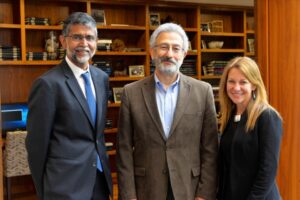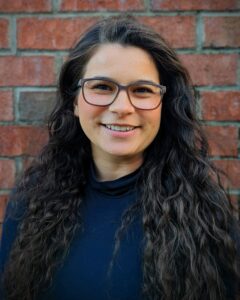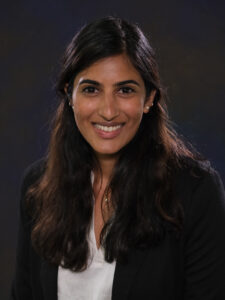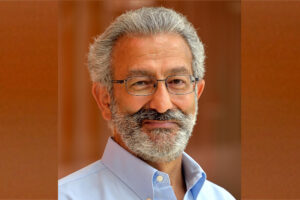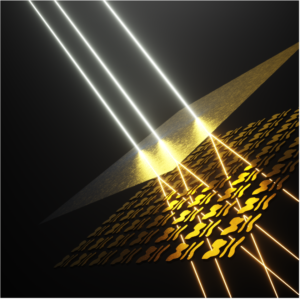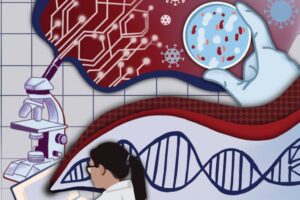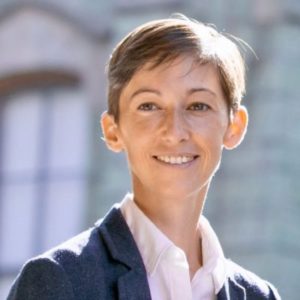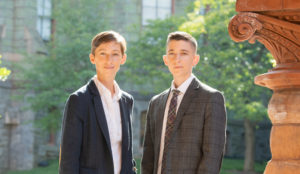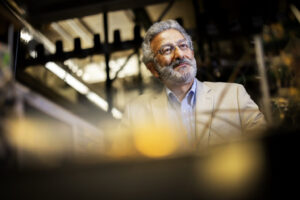
In the early 1990s, Engheta, a newly minted associate professor of electrical engineering in Penn’s School of Engineering and Applied Science, was a respected expert in radio wave technologies. But in recent years, his work had been expanding into subjects at once more eccentric and fundamental.
Nader Engheta was puzzled when he got a call from the psychology department about a fish.
In the early 1990s, Engheta, a newly minted associate professor of electrical engineering in Penn’s School of Engineering and Applied Science, was a respected expert in radio wave technologies. But in recent years, his work had been expanding into subjects at once more eccentric and fundamental.
Engheta’s interest in electromagnetic waves was not limited to radio frequencies, as a spate of fresh publications could attest. Some studies investigated a range of wave interactions with a class of matter known as a “chiral media,” materials with molecular configurations that exhibit qualities of left or right “handedness.” Others established practical electromagnetic applications for a bewildering branch of mathematics called “fractional calculus,” an area with the same Newtonian roots as calculus proper but a premise as eyebrow-raising as the suggestion a family might literally include two-and-a-half children.
Electromagnetic waves are organized on a spectrum of wavelengths. On the shorter end of the spectrum are high-energy waves, such as X-rays. In the middle, there is the limited range we see as visible light. And on the longer end are the lower-energy regimes of radio and heat.
Researchers tend to focus on one kind of wave or one section of the spectrum, exploring quirks and functions unique to each. But all waves, electromagnetic or not, share the same characteristics: They consist of a repeating pattern with a certain height (amplitude), rate of vibration (frequency), and distance between peaks (wavelength). These qualities can define a laser beam, a broadcasting voice, a wind-swept lake, or a violin string.
Engheta has never been the kind of scholar to limit the scope of his curiosity to a single field of research. He is interested in waves, and his fascination lies equally in the physics that determine wave behavior and the experimental technologies that push the boundaries of those laws.
So, when Edward Pugh, a mathematical psychologist studying the physiology of visual perception, explained that green sunfish might possess an evolutionary advantage for seeing underwater, Engheta listened.
Soon, the two Penn professors were pouring over microscope images of green sunfish retinas.
Read Devorah Fischler’s full story about Nader Engheta and watch an accompanying video at Penn Today.
Nader Engheta is H. Nedwill Ramsey Professor of Electrical and Systems Engineering at Penn Engineering, with secondary appointments in the departments of Bioengineering, Materials Science and Engineering, and Physics and Astronomy in the School of Arts & Sciences.

